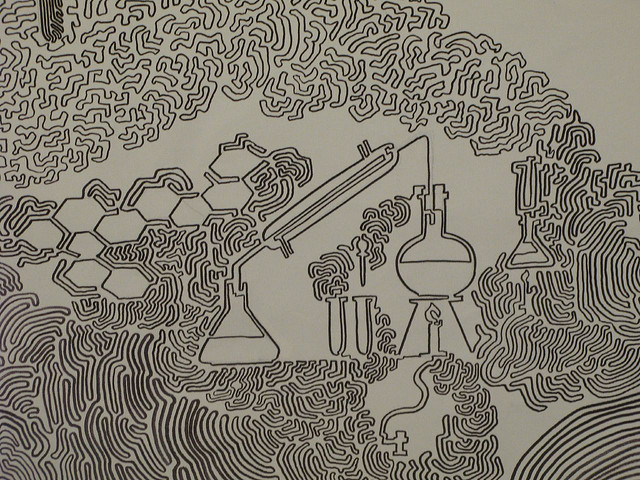The Art and Science of Music

The Art and Science of Music.
Music is a conversation starter. Music is a universal language that gives voice to the unspoken. Music therapy combines the art and science of music.
Music therapy is the clinical intervention of music to promote, maintain and restore physical, emotional, cognitive, social and spiritual needs and abilities (Canadian Association for Music Therapy).
Music therapy’s creative, structural and emotional appeal provides emotional arousal, self-awareness, and self-expression, and is commonly used in conjunction with physical rehabilitation. Physical rehabilitation requires extensive physical, emotional and cognitive effort (Weller and Baker, 2011).
Timing and melody help coordinate movement patterns (Staum, 2000) and playing instruments improve muscular joint and strength (Staum, 2000). Music stimulates movement and repetition, and like so, music therapy effectively enhances fine motor learning.
“The role of the music therapist in physical rehabilitation is to facilitate the connection between physiological, cognitive and emotional effects of music on physical rehabilitation.” (Weller and Baker, 2011)
At AMT, therapists connect with clients through music by creating a safe environment.
“In all my years of being a music therapist, I have learned that the one key element to success is fostering a space where clients don’t feel isolated or alone,” says William Murray, Director of Accent Music Therapy. “I am humbled knowing that I can support and advocate for people who are so strong and resilient.”
Music therapists are trained to assess client’s needs and abilities, improvise and adapt programming, and build rapport with clients. The therapists focus on making music interactive by singing, dancing, and playing instruments.
Singing develops articulation and rhythm. It may also stimulate language and speaking abilities. Dancing (rhythmic) activities improve motor abilities by exercising balance, coordination, range of motion as well as joint mobility, strength, and agility. Playing instruments betters gross and fine motor coordination.
AMT’s Jump and Jam! groups increase strength and endurance, coordination and range of motion, and self confidence. Group activities are designed to develop motor skills, increase attention and motivate participants aged three-to-seven with behavioural challenges and/or moderate to severe physical needs.
Jump and Jam! is available in the GTA on Mondays, in Burlington on Tuesdays, and Mississauga on Wednesdays. To register or to learn more about Jump and Jam!, click here.
Sources:
Staum, M.J. (2000). Music for physical rehabilitation: An analysis of the literature from 1950–1999 and applications for rehabilitation settings. In American Music Therapy Association (Ed.), Effectiveness of music therapy procedures: Documentation of research and clinical practice. (3rd ed., pp. 65–108). Silver Spring: American Music Therapy Association
Weller, Claire M. and Baker, Felicity A. (2011). The role of music therapy in physical rehabilitation. A systematic literature review. Nordic Journal of Music Therapy.20(1), 43–61

